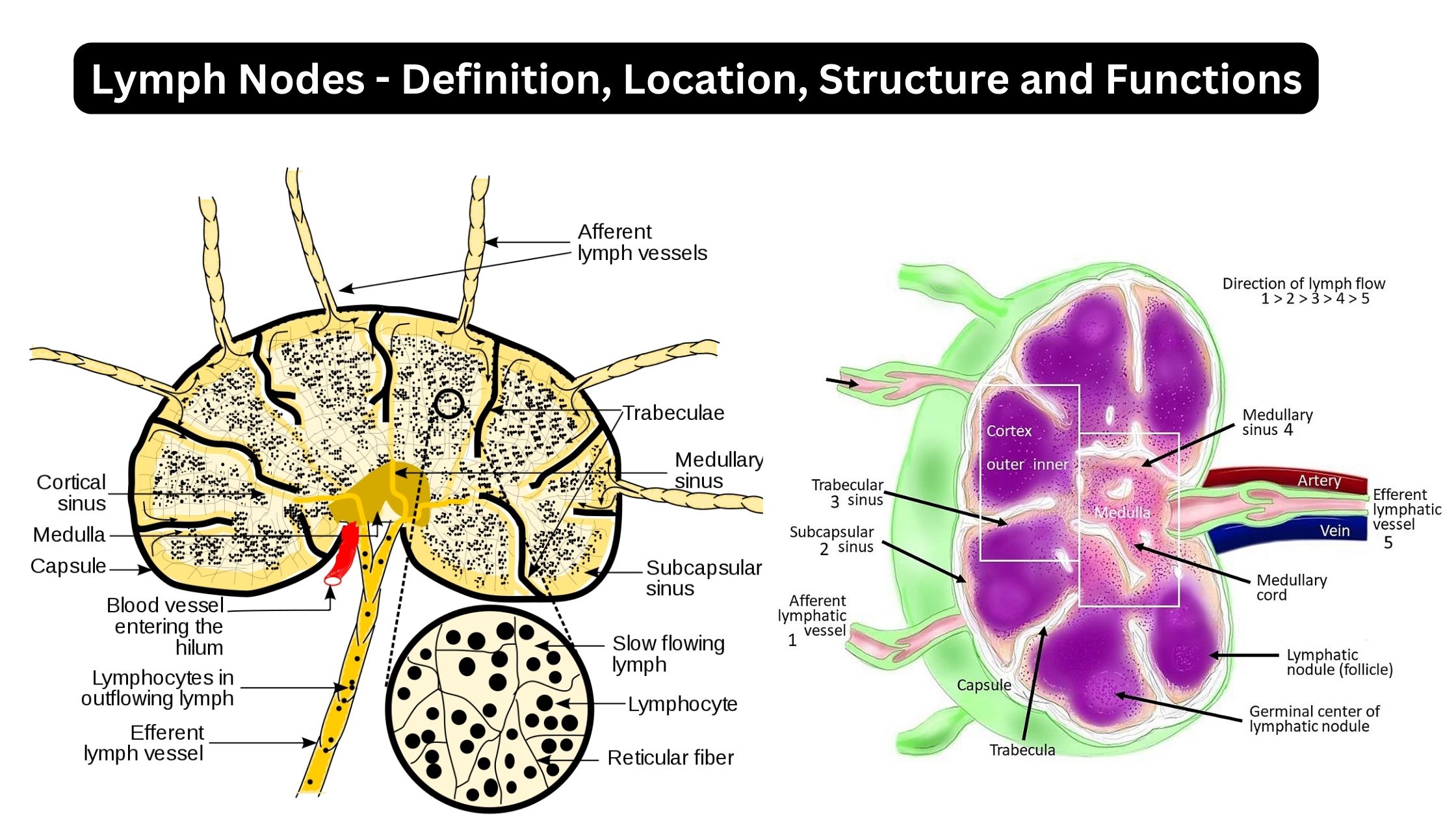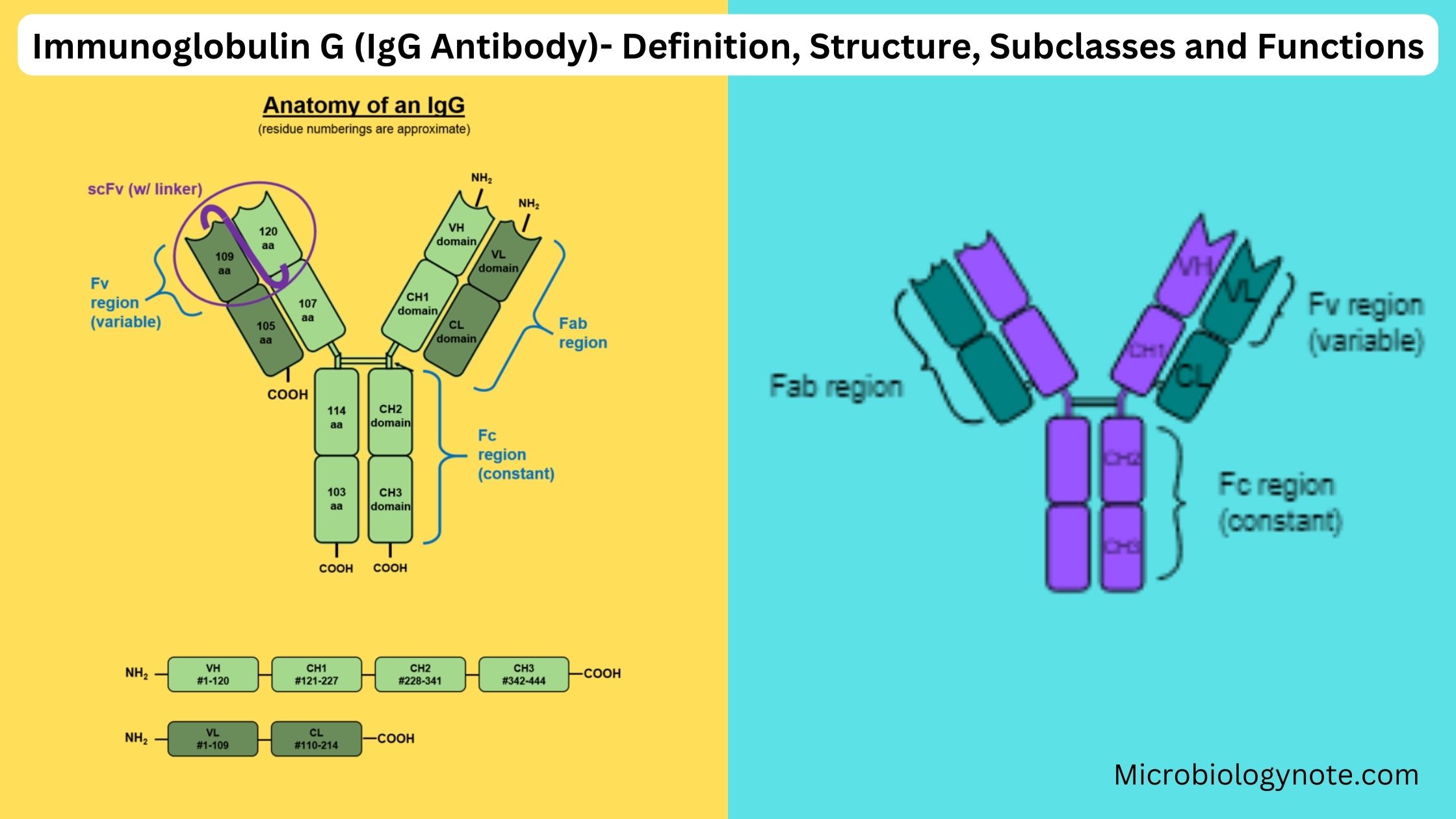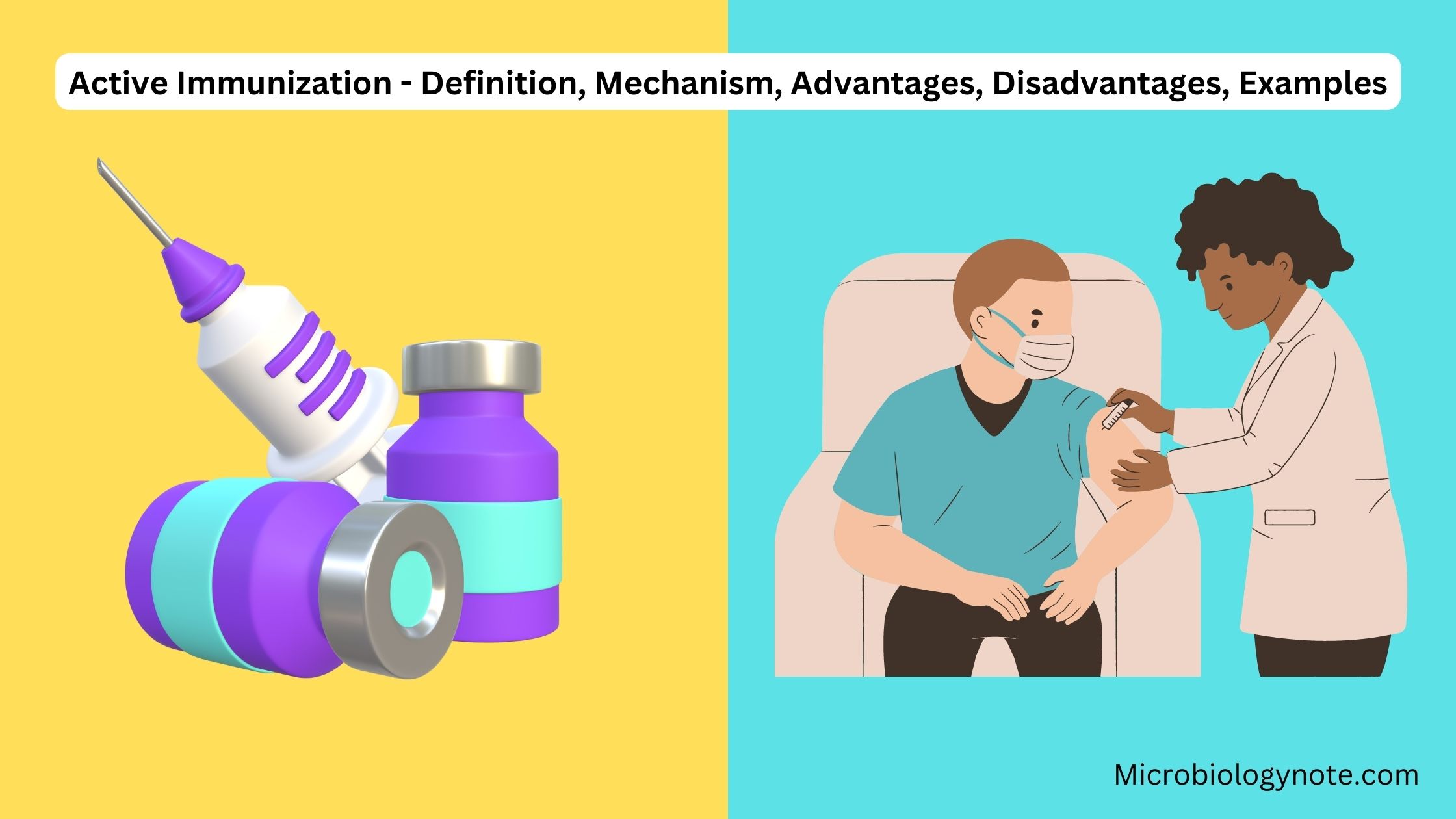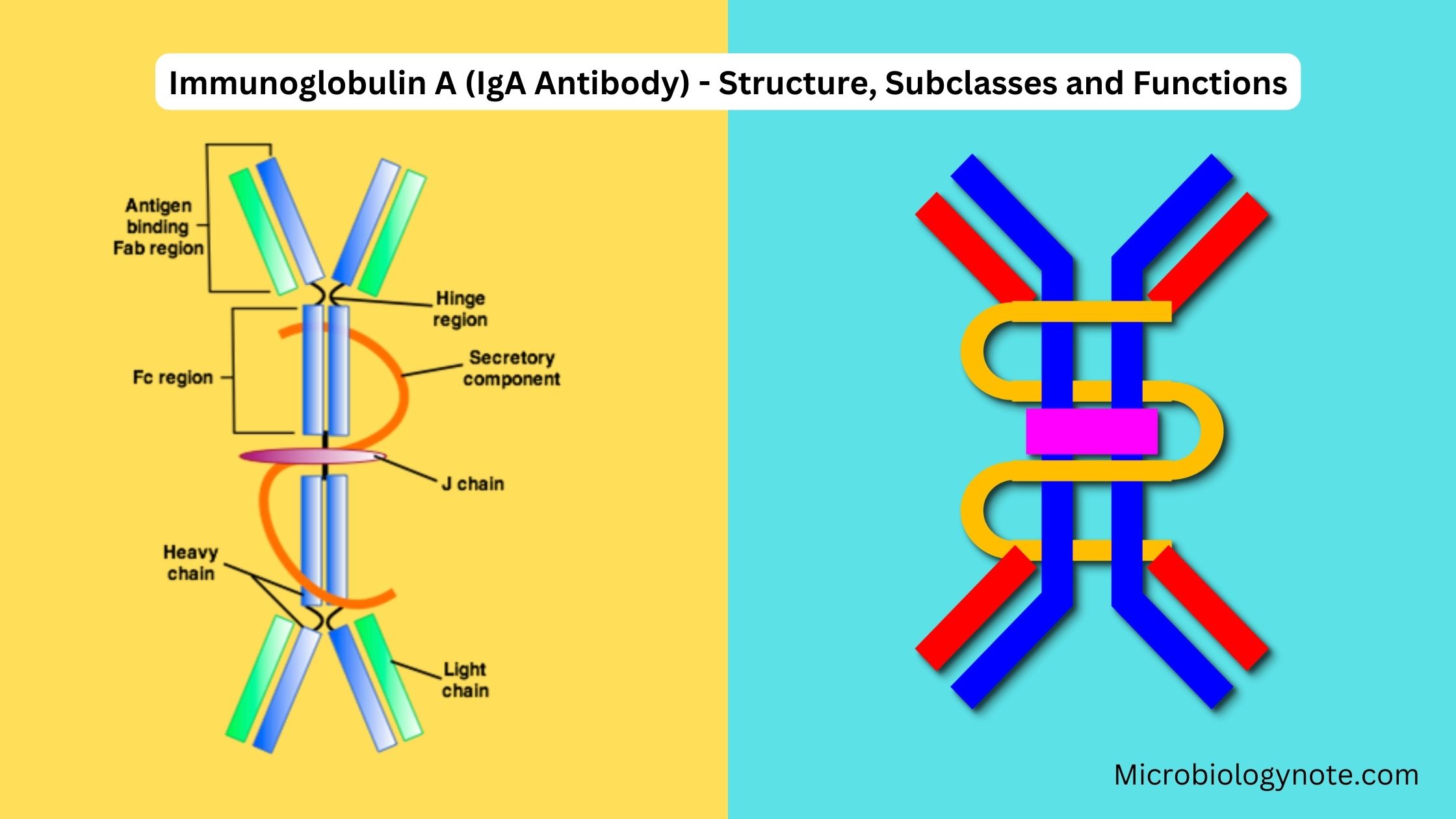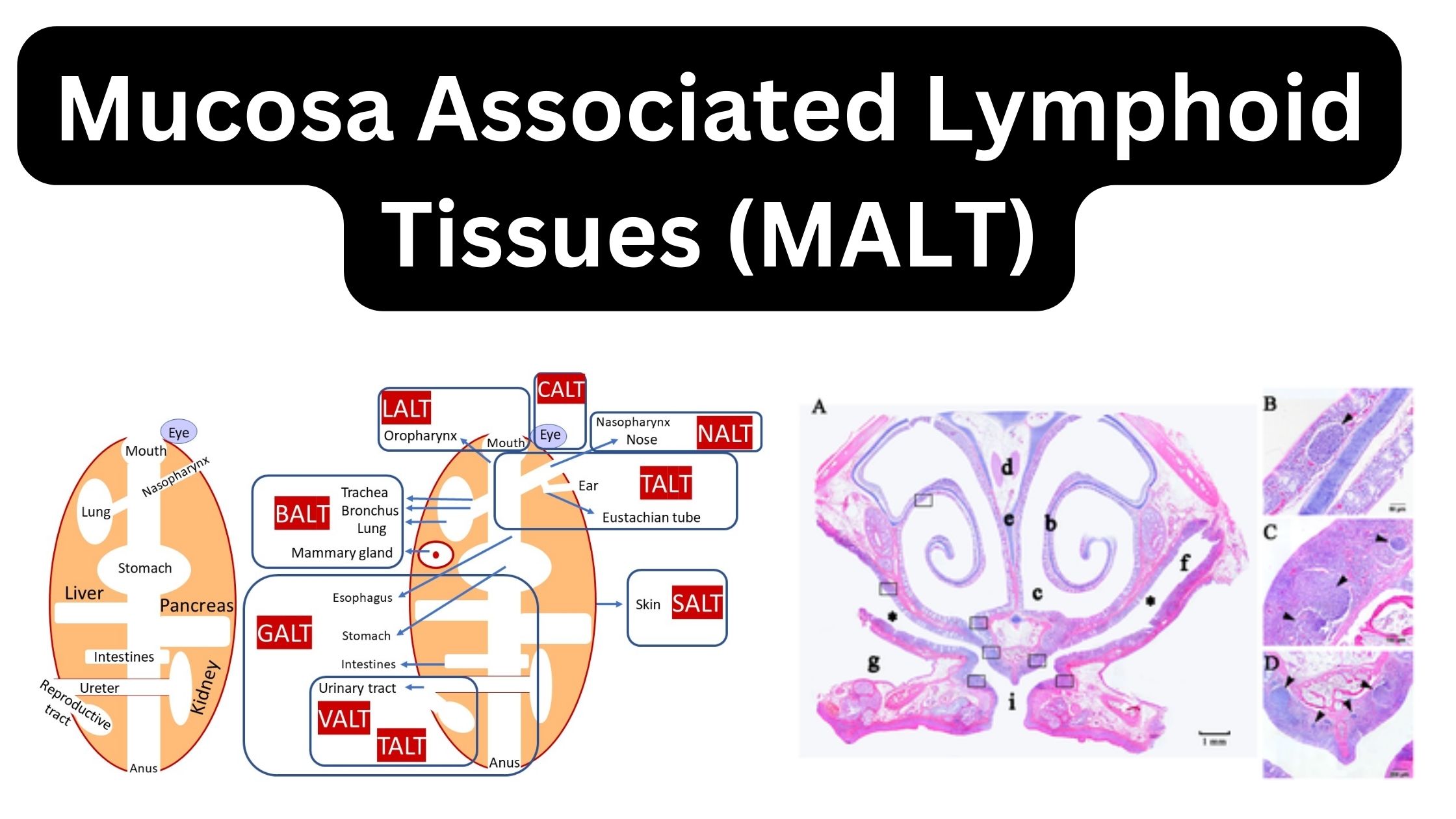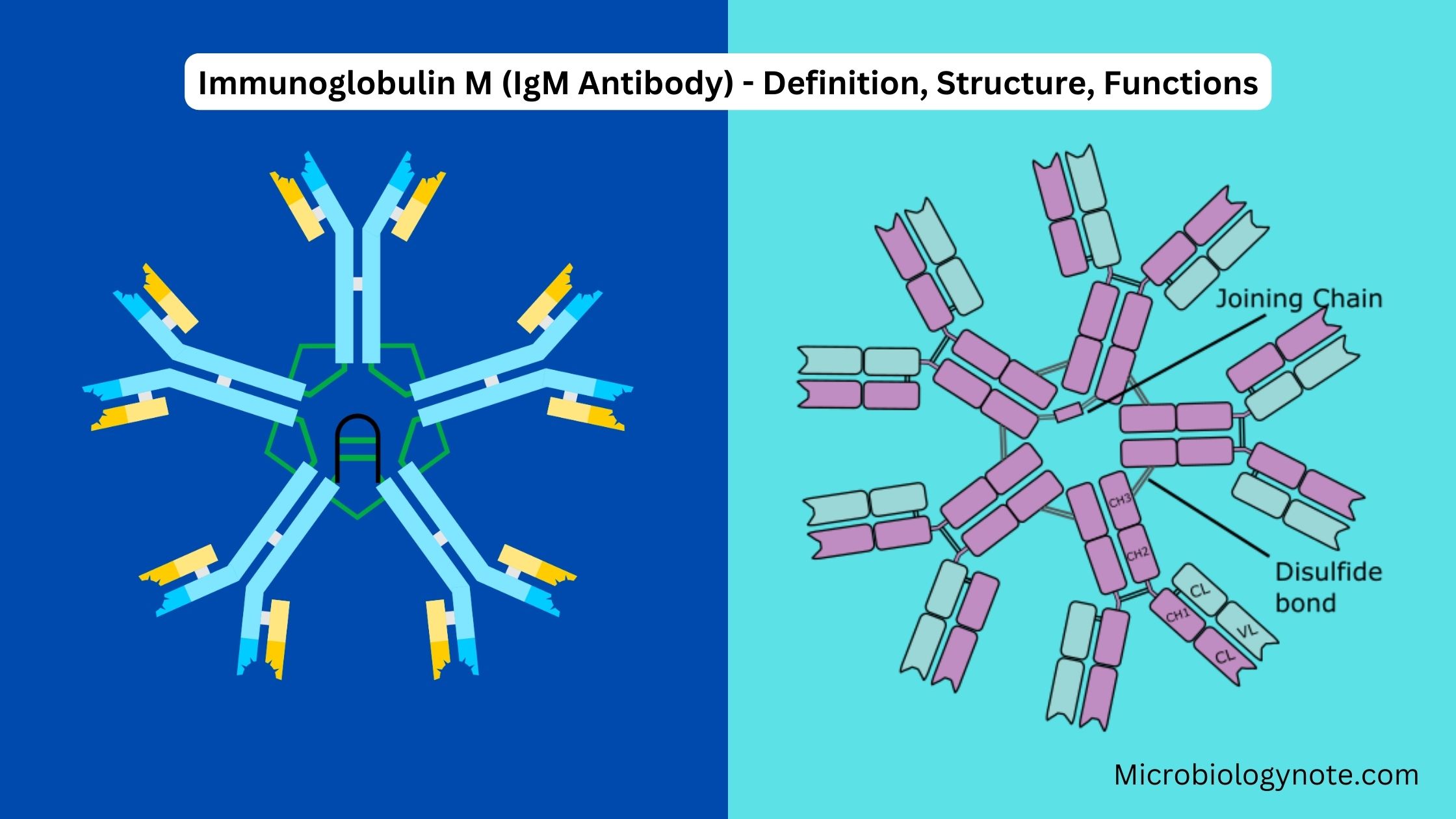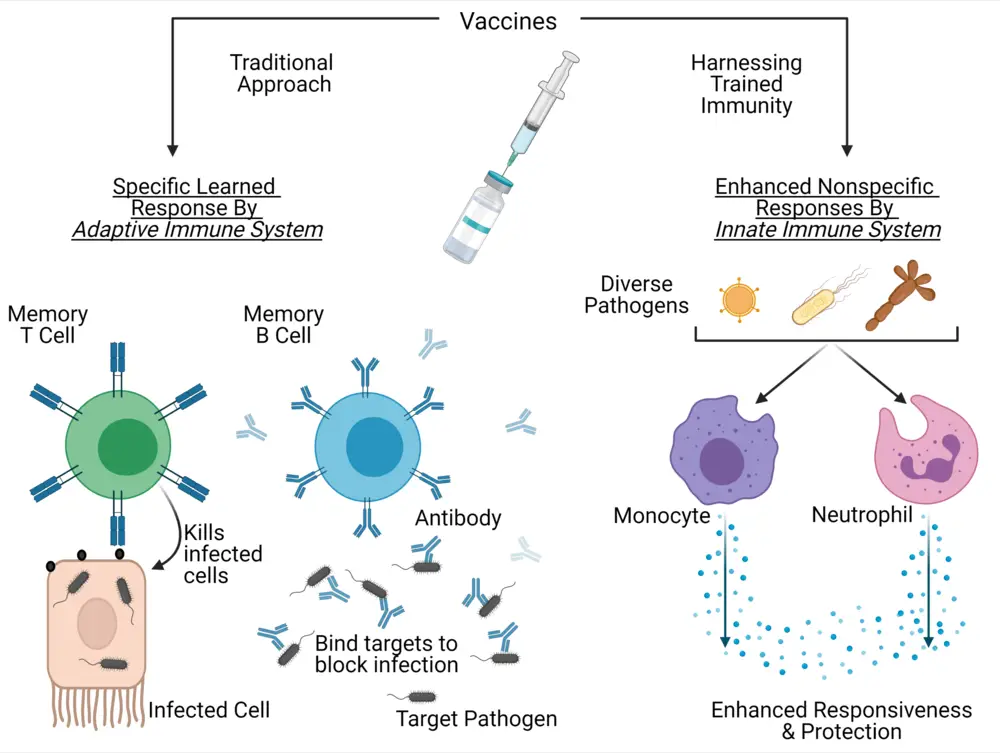Lymph Nodes – Definition, Location, Structure and Functions
What is Lymph Nodes? Definition of Lymph Nodes Lymph nodes are small organs in the lymphatic system that filter lymph and play a critical role in the body’s immune response. Location of Lymph Nodes Size of Lymph Nodes The size of lymph nodes can vary depending on their location within the body. Here are some general guidelines … Read more
